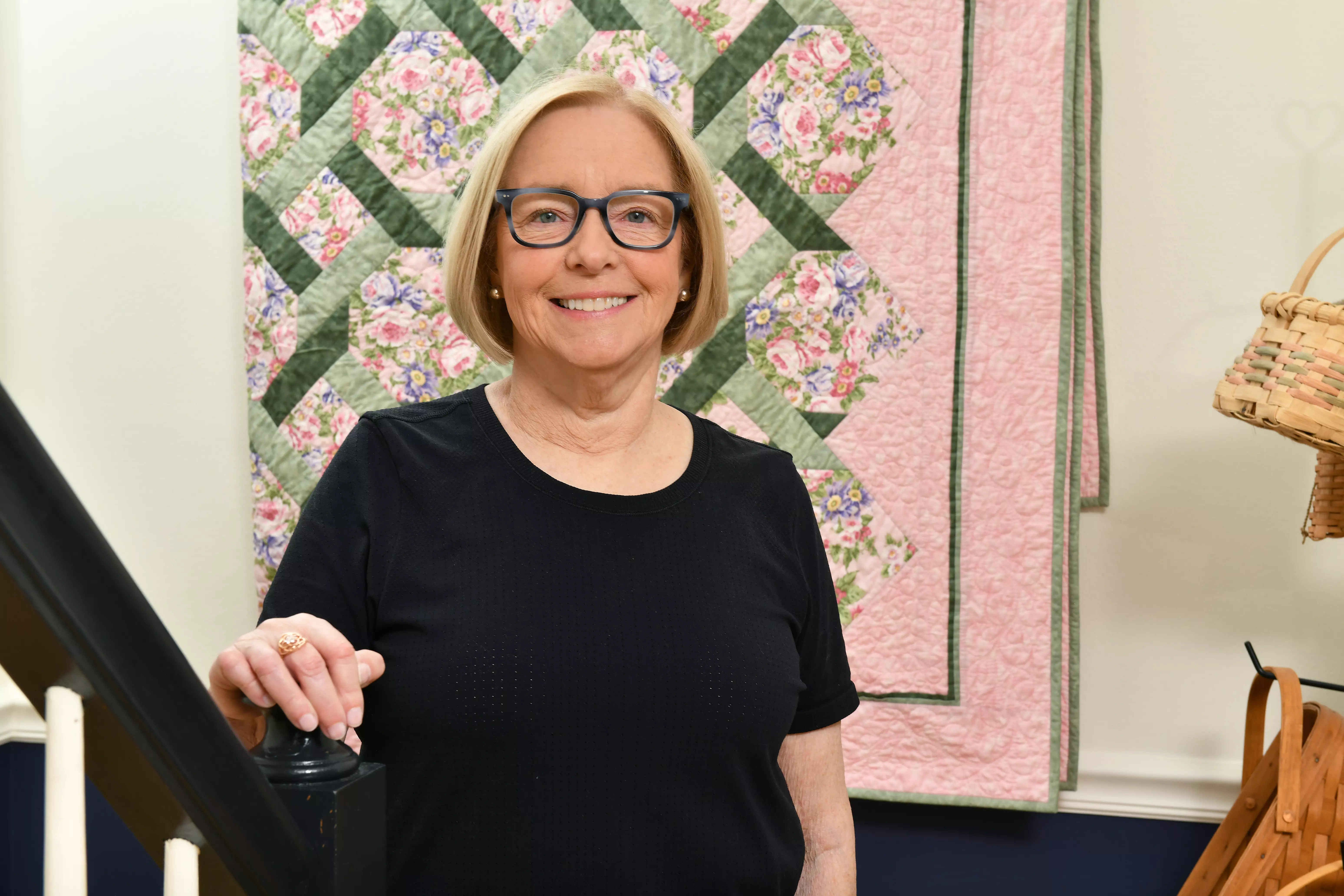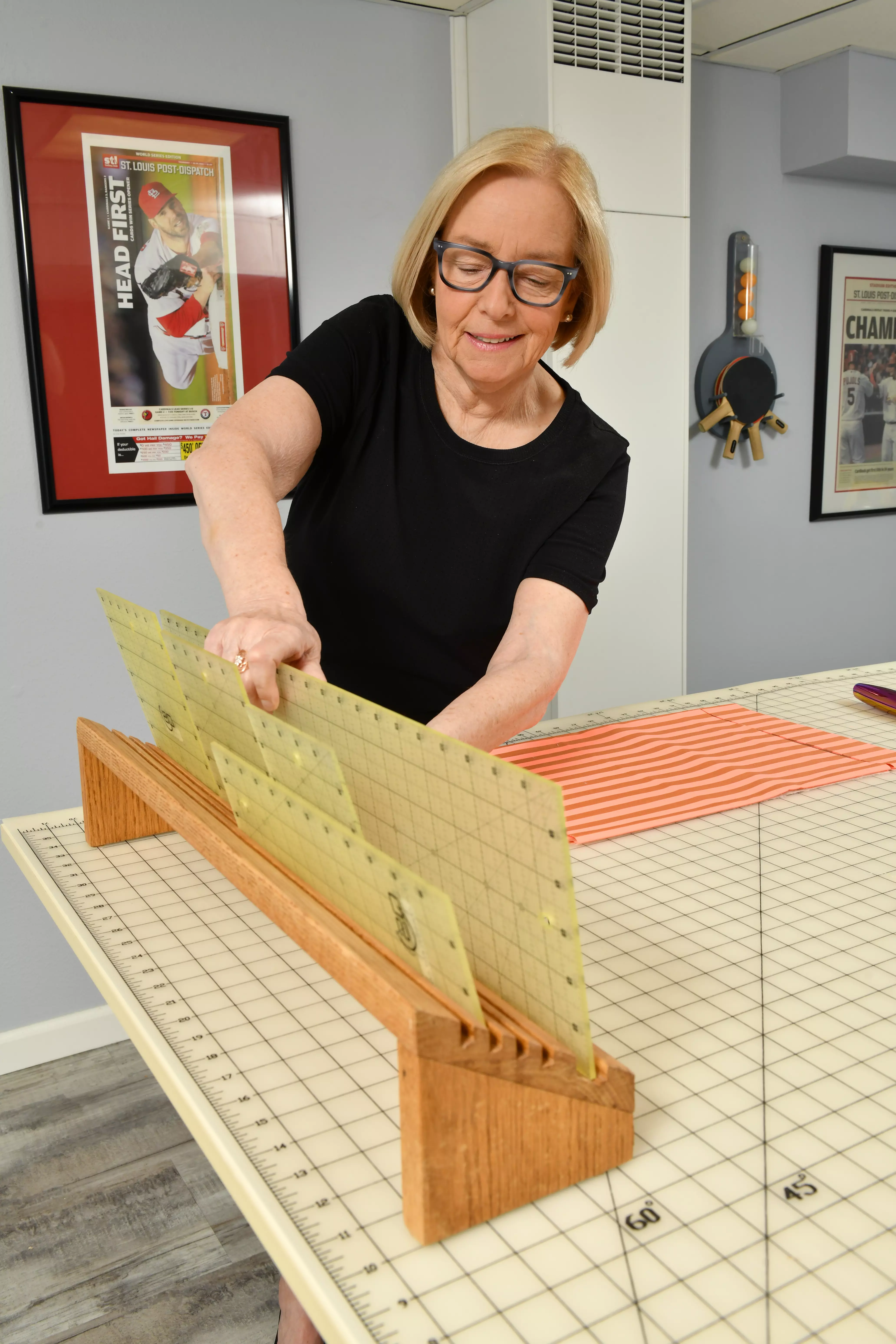August 16, 2023

In the midst of the COVID-19 pandemic, Peggy and her husband took to the bike trails during the days of lockdown to stay active. Unfortunately, that outlet led to an accident and subsequent injury for Peggy...a brachial plexus injury (BPI).
Brachial Plexus Injury (BPI)
The brachial plexus is a network of nerves located in the shoulder and arm formed by the merging of nerve roots from the spinal cord in the neck. These nerves extend down the arm, providing motor and sensory function to the muscles and skin of the shoulder, arm, hand, and fingers. Brachial plexus injuries may cause symptoms such as:
- Inability to feel and touch objects
- Inability to move parts of the shoulder, wrist, hand and fingers
- Burning pain or tingling in the shoulder, elbow, forearm, wrist or finger
Peggy's injury impacted her dominant arm, severely limiting her movement and leaving her in tremendous pain. Fortunately, Peggy's daughter, an occupational therapist, dedicated time every day to gently stretch and exercise Peggy's hand to prevent stiffness and maintain its function. However, she would need surgical intervention. In hindsight, Peggy's biggest piece of advice to other patients facing a brachial plexus injury is to see a nerve specialist as soon as possible.
BPI Expert, Dr. Dy
Christopher Dy, MD, MPH, hand and nerve specialist at Barnes-Jewish Hospital, explains the case: "Peggy was unable to move her fingers when I first met her. She could not make a fist and could barely move her thumb. Her fingers were really stiff and caused pain when we tried to move them for her."
Peggy trusted Dr. Dy's surgical plan to restore her function. "We discussed that given her goals and her timeline, that we would do a tendon transfer based surgery," Dr. Dy explained. "Trying to do a nerve reconstruction was unlikely to give her the functional result she wanted in the timeline that she was hoping for. Because of this, we decided to perform tendon transfers to restore grasp and pinch. We decided to do this with her "wide awake," under local anesthesia so that we could really dial in the tensioning of the tendon transfers to calibrate it just right for her functional demands."
Dr. Dy helped Peggy prepare for the "wide awake" nature of the surgery, talking her through the process and sharing videos to supplement her understanding. She says it was a little weird participating in her own surgery – making fists and other movements when prompted – so Dr. Dy could be as precise as possible with the tendons. Once Dr. Dy finished the fine-tuning, he asked Peggy if she was ready to see her instant improvement. She still gets choked up remembering that moment she saw her hand move in a way it hadn't for five months, "When I saw my returned ability, I cried!"
Overcoming BPI 
Anyone can imagine how devastating it would be to lose function of an arm. Everyday tasks can become frustrating and even impossible for BPI patients. Way of life can change dramatically, especially when work and hobbies largely rely on arm function. Peggy is a creative and vibrant quilter! She makes beautiful quilts with intricate patterns and dazzling colors. The precision and steadiness needed for quilting is something she is able to excel at once again after BPI surgery with Dr. Dy and targeted therapy with Jamie Findeiss.
"Jamie helped me tremendously," Peggy explained. She took some of her sewing supplies into therapy and Jamie helped her work through those movements and modifications that allowed the quilter to get back to her favorite hobby. Jamie helped her progress not only in ability, but also in understanding that if there was something Peggy couldn't do at the time, there were modifications that could be made so she wasn't as limited.
"The three of us made a really good team," Peggy shared about her experience with Dr. Dy and Jamie. "I've been extremely happy with the results. I'm still continuing to get better. Just a couple months ago, I was able to hold a rotary cutter in my right hand and have enough strength and pressure to cut material. By now, I've learned if there is something I can't do, there's an adaptive option."
"Peggy's story is a fantastic example of when there is a perfect combination of a determined patient who has realistic expectations and can also clearly state her goals." Dy shares. He explains, "She worked incredibly hard with her hand therapist, Jamie, and has had an amazing result. Our BPI team tries to customize care for our patients as much as possible. While nerve-based surgery is often used in these cases, sometimes the 'tried and true' tendon transfers are just what the doctor ordered!"
.png)
Learn why patient's choose Washington University Orthopedics, request an appointment online or call (314) 514-3500.